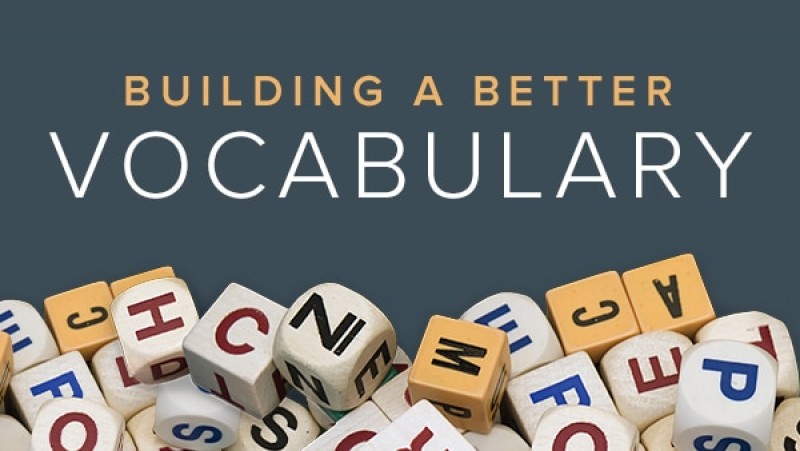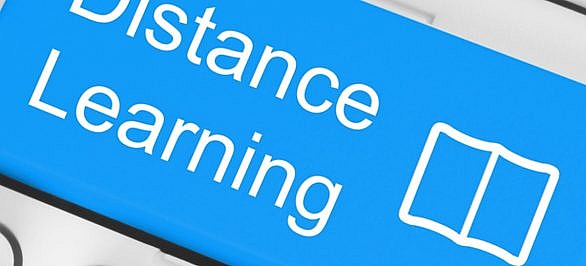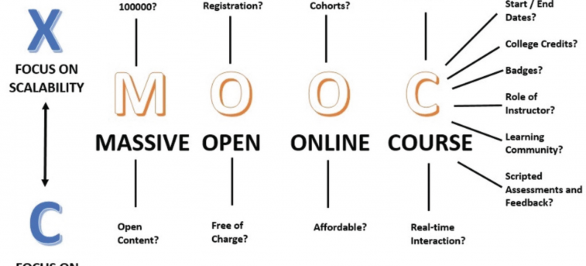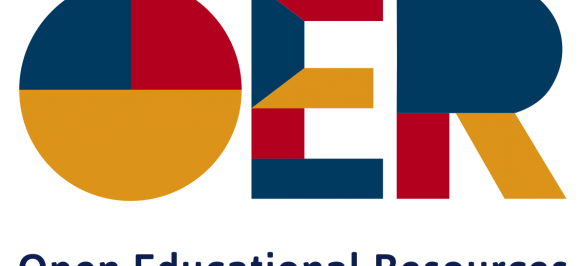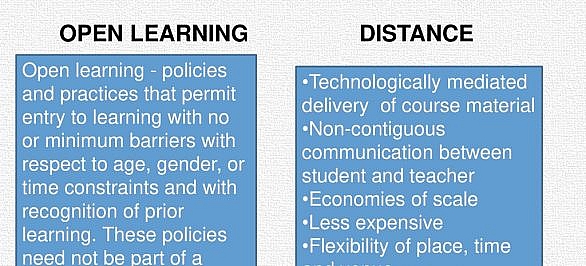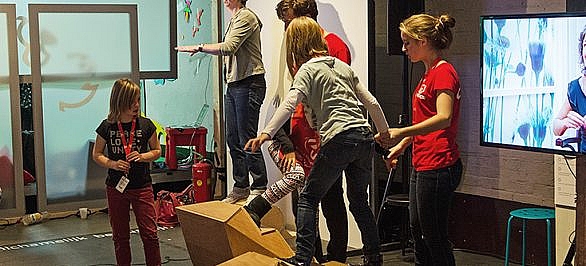Vocabulary comprehension is central to YDS Exam. You can practice YDS – Vocabulary knowledge with the downloadable series below. The words in the worksheets are the most commonly used ones in the target exam.
Shall you have any questions or concerns, I will be more than happy to help you! I wish you good luck and success.
…